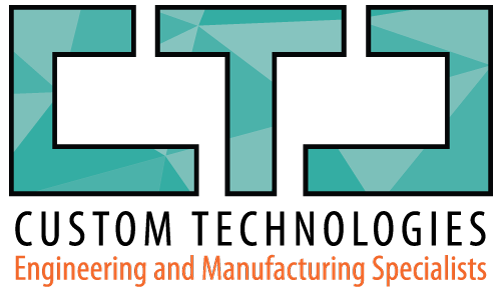Lose weight, save money, travel more, give to charity, . . . These are all examples of some of the New Year’s resolutions that were made this past weekend. It makes sense to take stock of yourself and provide course corrections as necessary. This is what a New Year’s resolution is all about. It is a fresh start, a chance to make a better you with the clear eyes that comes from looking forward and not backward.
Have you considered where you want your company to be as the ball drops next year? Over the course of the year, it is easy to get your eyes clouded with deadlines and problems. With a New Year comes a chance to wipe the slate clean, a chance to begin anew with fresh ideas and a fresh perspective. Now is the time to make your company what you want it to be.
Care must be taken, however, to avoid losing that fresh view as you go about the business of running your business. Too many companies revert to the same old practices they have year after year. It happens to the best of us with the best of intentions. We take our eyes off the ball and place our focus on reaction.
There are several reasons for this, many pitfalls that cause the lateral or even backward motion. Sometimes workload is the culprit. As business picks up and time gets short, the tendency is to fall back on old practices. It is a sort of business muscle memory. Too often in these times we get reaction centered in our decision making instead of plan centered.
Often the culprit is financial burdens. As cash flow gets tight, you can forget the forward vision you have set. Other times it is a mixture of personal and business that throws us off track. Whatever the reason, when times get tight, our good intentions are shouted down by the demons of the day.
So, how can a forward thinking entrepreneur prevent this back sliding and stay on the path towards their goals? There are 5 things you can do right now.
- Set realistic, measurable, and obtainable goals.
- Inventory your business. What are the things you are good at? What are you not so good at? What are the obstacles to reaching your goals?
- Develop a solid, actionable plan.
- Communicate this plan to all employees.
- Evaluate
In order for a goal to be effective, it must be something that can be measured, otherwise it is just an idea. An example of an idea is, “To be the greatest at making widgets.” While an example of a goal is, “To increase the number of widgets made per shift.” Make goals achievable, but don’t set the bar so low that there is no upward movement. The idea is to have to reach for something, to strive to be better. Just don’t overshoot and set goals that no one could reach. Success is good for the soul, and good for an organization.
Taking an inventory of your business is an essential step in growth. Looking in an honest way at strengths and weaknesses is the only way to move forward. It helps to develop metrics that track key ingredients to your business. Keep the goals you set in mind and look at every angle you can think of. The first place to start is on the floor. Your employees have the true pulse of the organizational health. Ask them how they think the company is doing. Looking at business from a floor perspective can put things in focus for you and reveal things you didn’t even know you needed to look at.
It is helpful to spend more time looking at the negatives as opposed to the positives. You should recognize what you are doing well, however do not spend all your time there. Because we have a tendency to look at the good and a fear of the negative, work to spend time on the things you are not doing well. This should be the focus. Never fear the areas where things are not so good. Approach them with a fresh and energetic eye. These area’s are the improvements that need to be made to take your company to another level. The best part is, in most cases these problem areas are fixed relatively easily.
Developing a plan need not be painful. After you have defined who you are, look at where you want to go. Plan for every business activity, from the shop floor to the board room. How do you process orders? How do you handle inventory? How do you make major decisions? Plan for it all. It is okay on this step to start small and go slow. Work your plan as you come across activities. The key is to document everything. Create a guidebook for your business.
Once you have some plans in place, communicate it clearly. This is the point that many leaders fail. Make sure that every member of your team knows the plan. It helps if they know the why as well, it will keep them motivated. Remember that communication is not just verbal. You can go a long way with signs and messages. Periodic emails are a good way to instill the system in the team. The most important thing is to communicate with your own actions. You must live your plan if you expect your team to as well.
Once your team understands their roles in the system, you must take the time to evaluate. This need not be punitive, but positive. Work to catch people following the plan. When they do, point it out! Make sure, however, that you aren’t letting things slide. My basketball coach in high school used to tell us that it takes 15 times doing something right to develop a habit, and one time doing it wrong to break that habit. Keep the team on track.
Remember, this process is a journey and not a destination. Improvement never stops. When you feel you have gotten the hang of one thing, move on to the next. This is what keeps a company growing and flourishing.
At Custom Technologies, we have been in your shoes. We have started businesses from the ground up and developed plans for each area. We have struggled with tough decisions as the economy faltered, and we have had to look for new ways of doing things to keep the business thriving. We understand what it takes and we are happy to share our experiences with you. Feel free to contact us with any questions you might have. You can find us on Facebook, twitter, and on the web at CustomTechnologies.com.


